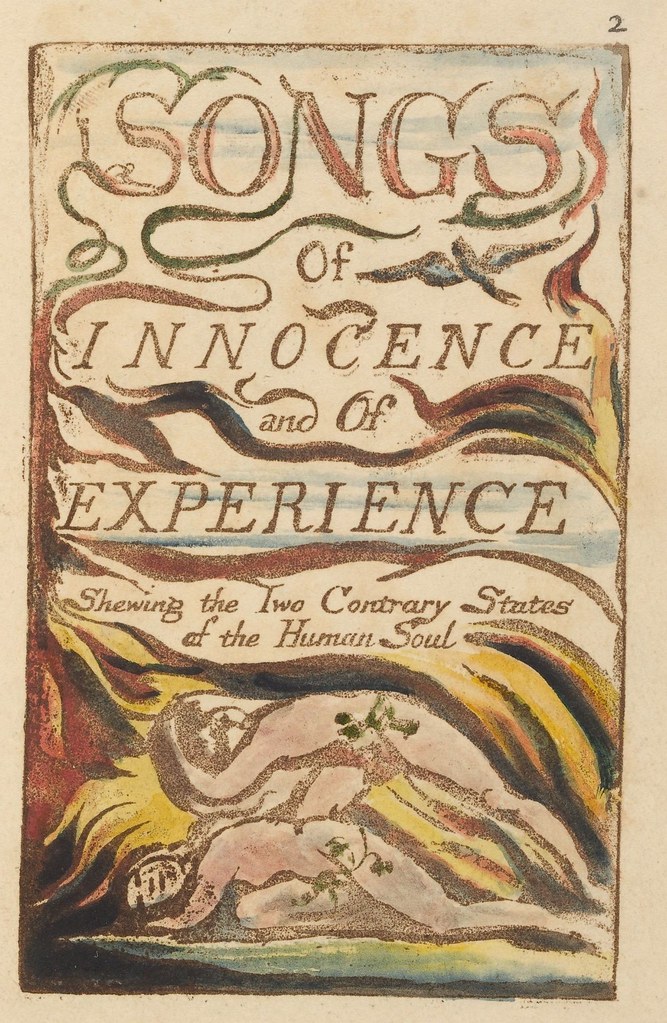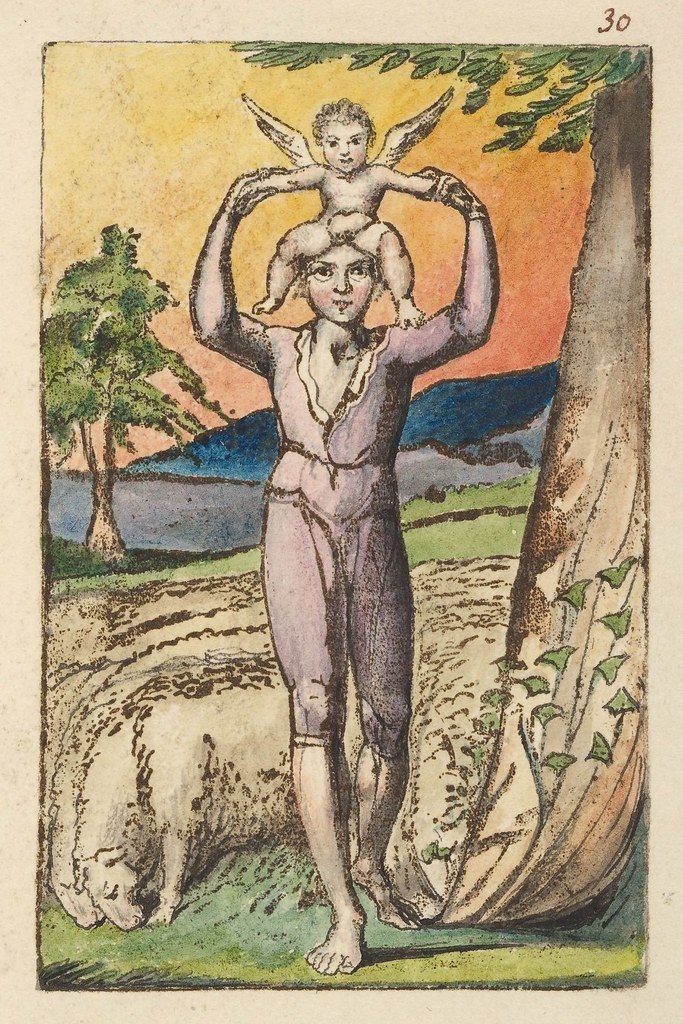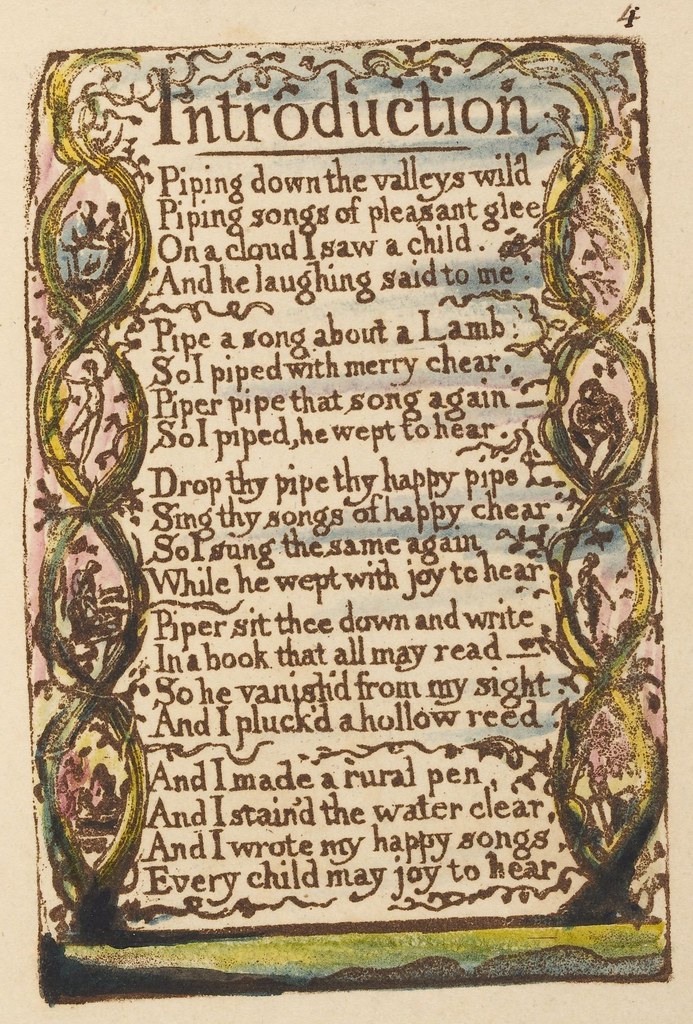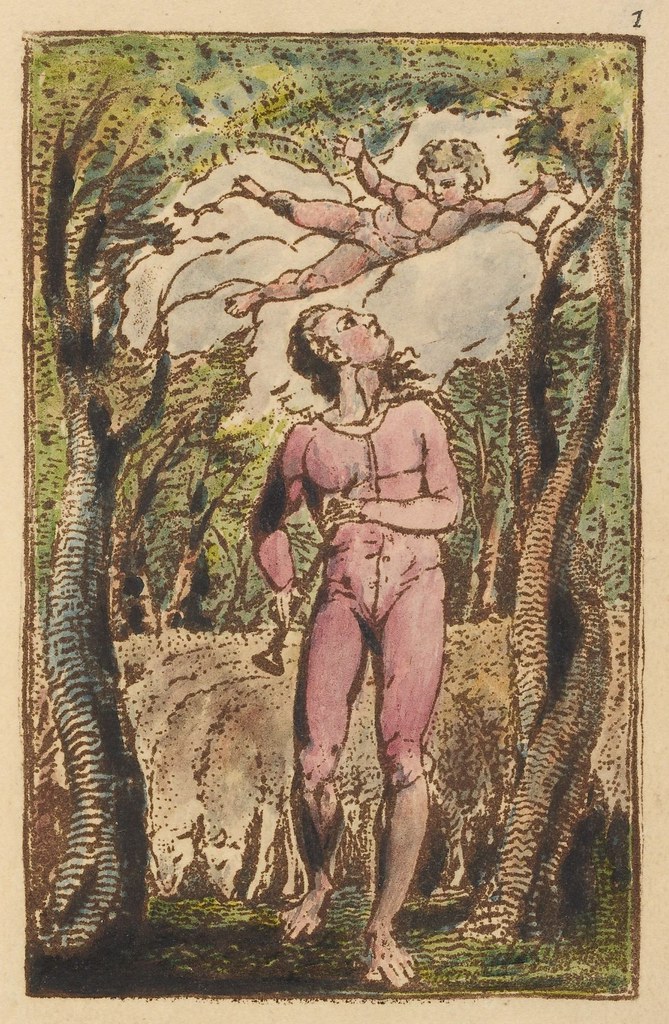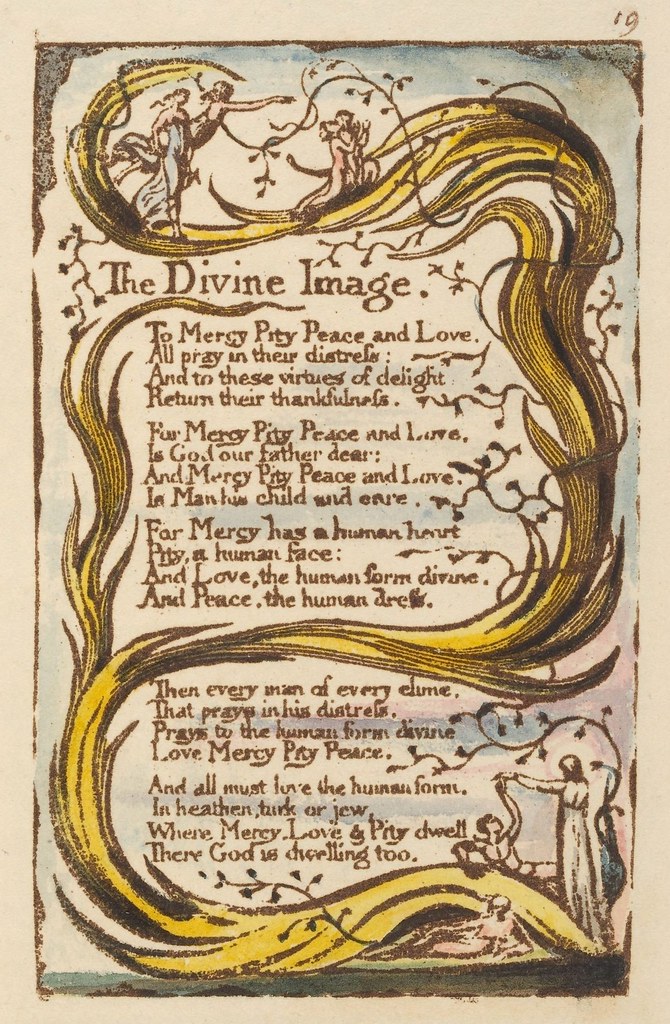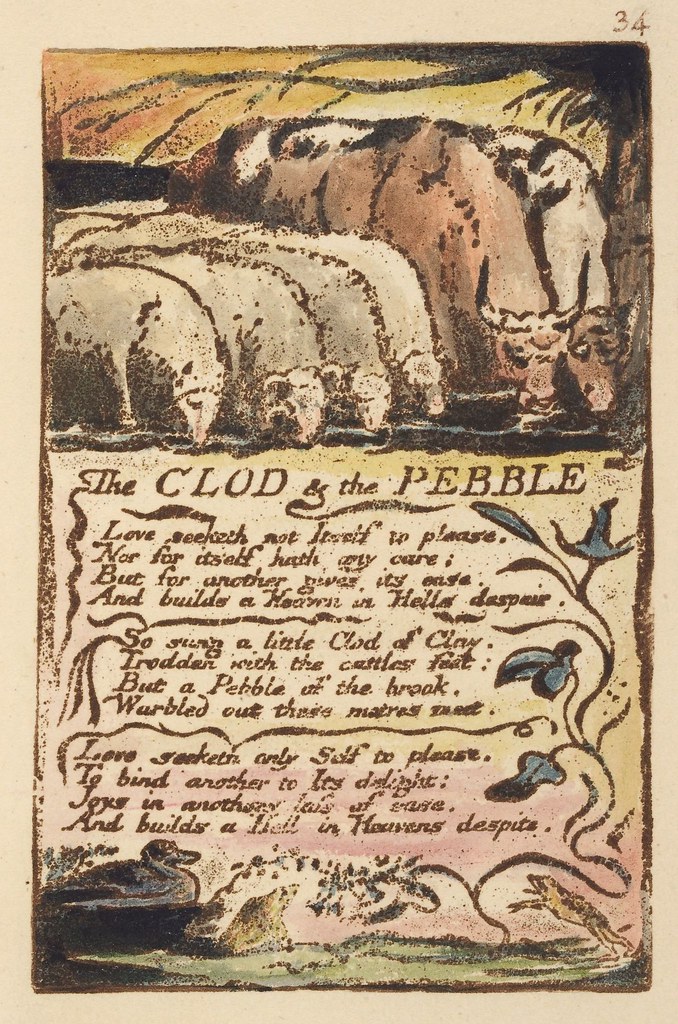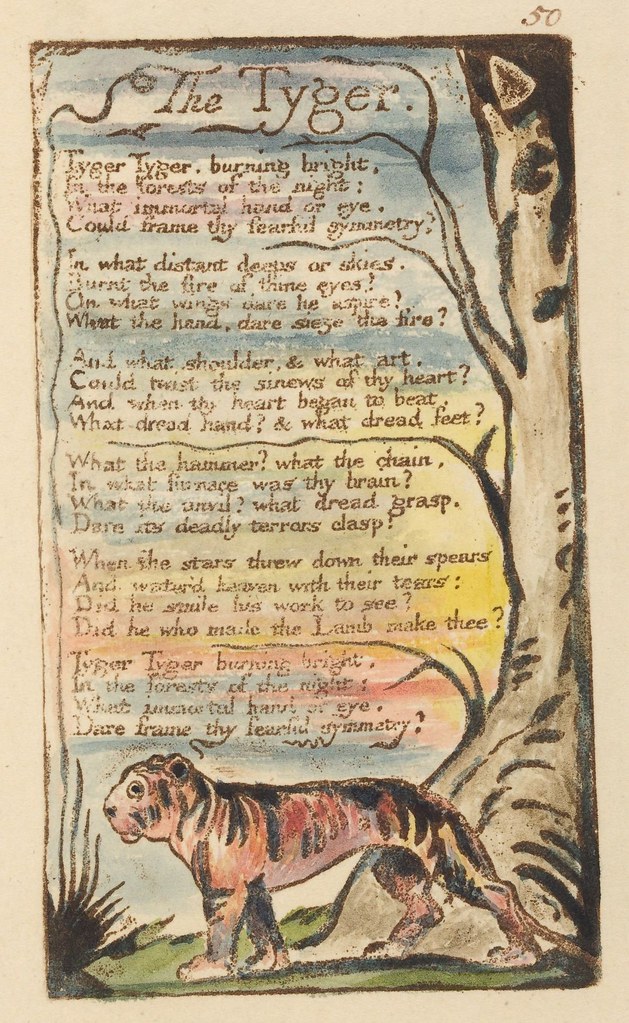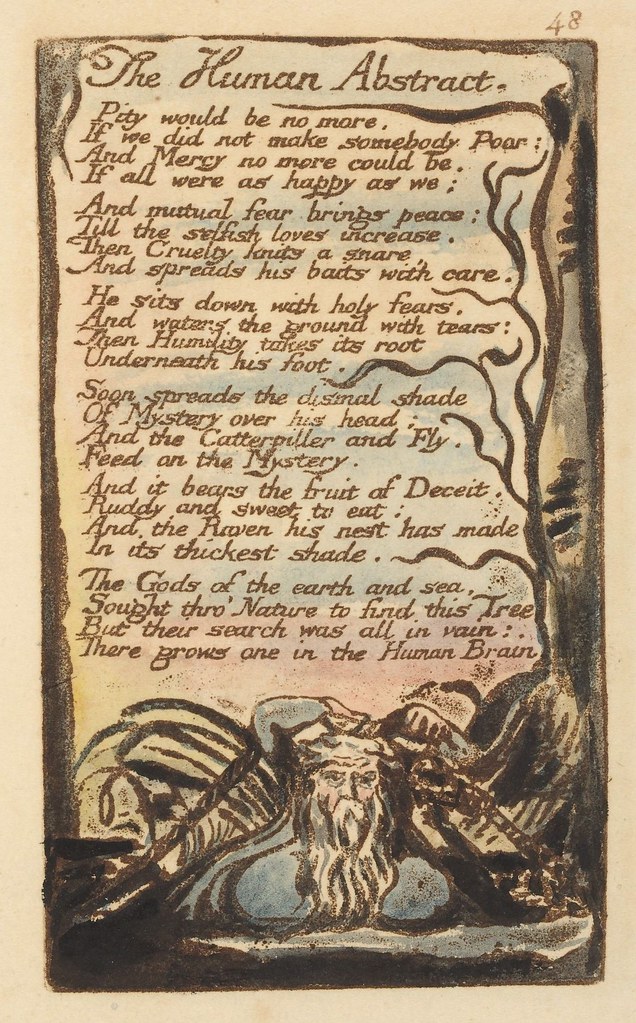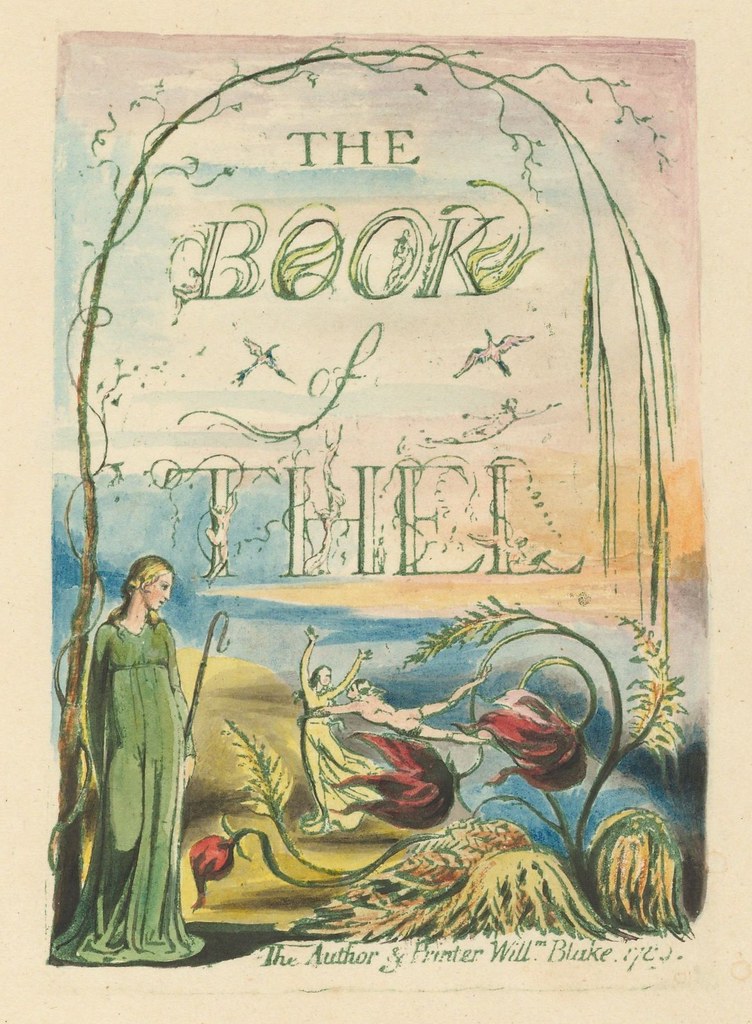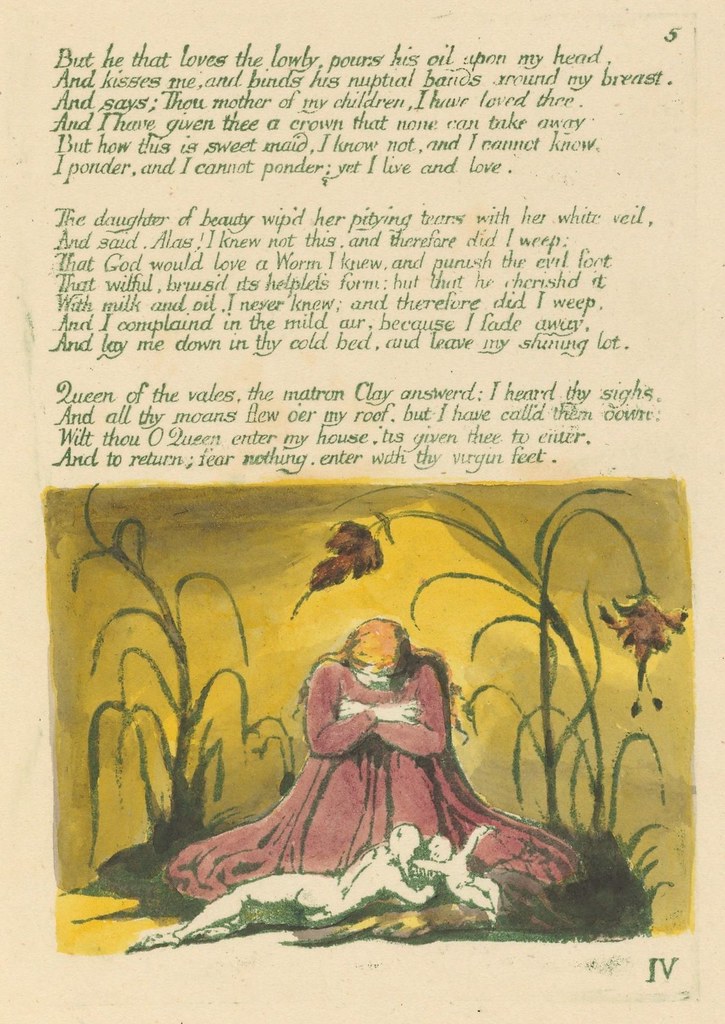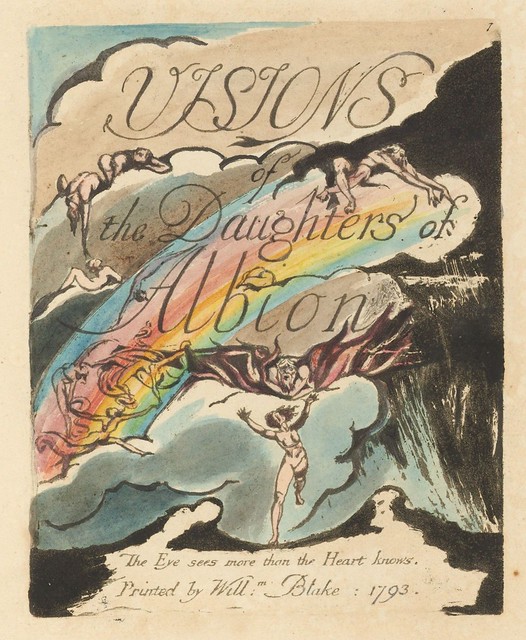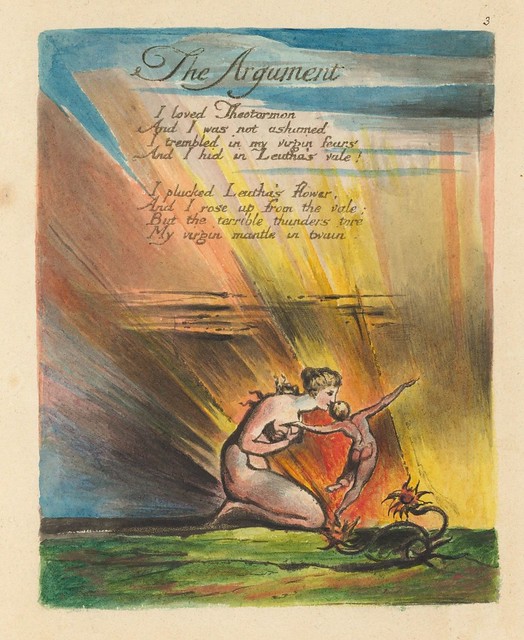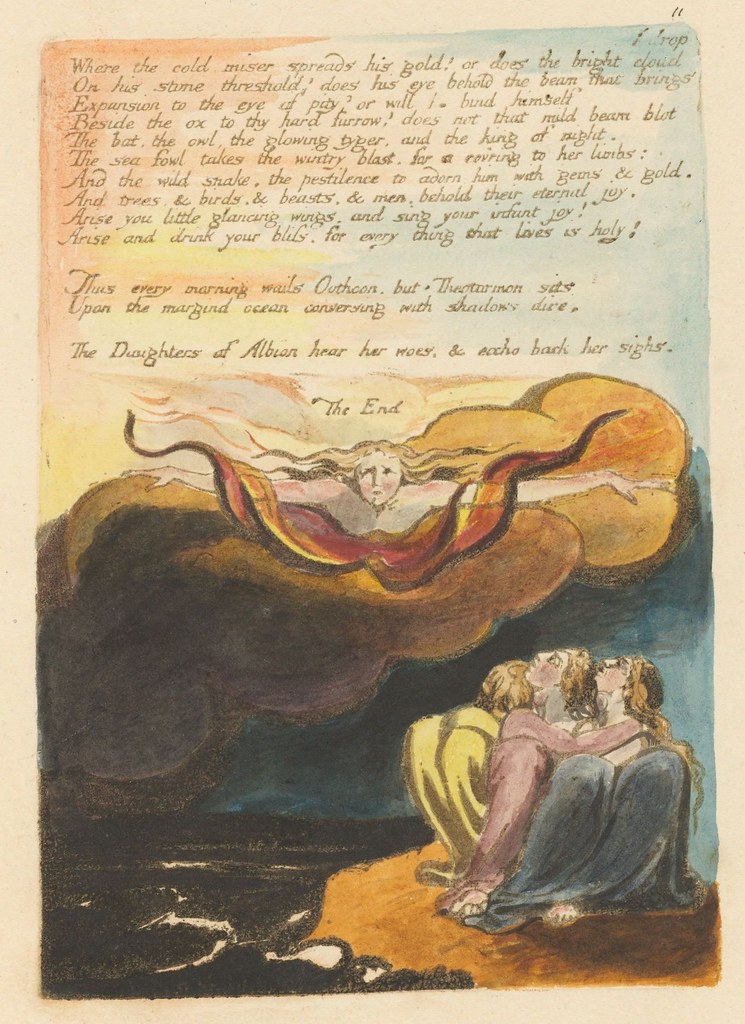
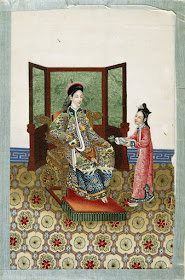





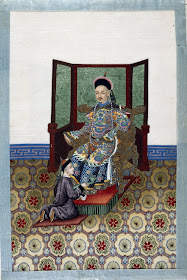



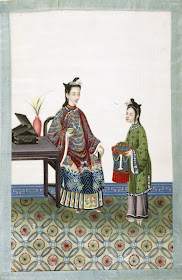
Scenes of Service from a small album known as 'Chinese Drawings: Court and Society', hosted by the John Rylands University Library in Manchester.
We are told that these illustrations (scanned from colour transparencies) depict 19th century Chinese society and costumes and that these (slightly cropped) illustrations are bordered by blue silk.
This collection of delicate hand-painted scenes is part of a much larger set of Chinese cultural material owned by the Rylands Library [Chinese Collection description]. About fifty of these items are hosted on the Rylands' Luna Imaging site. Some of these sketches are just exquisite.
